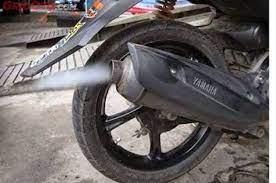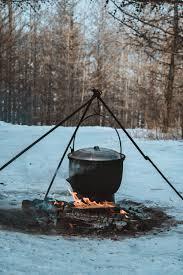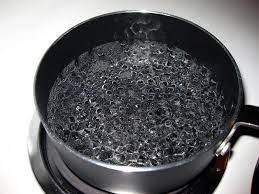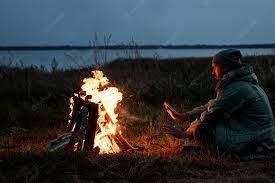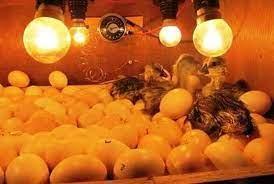Heat Transfer
Temperature is a measure of how hot an object is. At the same temperature, a substance with a greater mass will have more heat energy. Heat energy that moves from high temperature to low temperature is called heat. As a form of energy, the international standard unit of heat is the joule (J). The most popular units of heat are calories and kilocalories. One calorie is the amount of heat energy needed to raise the temperature of 1 gram of water by 1 degree Celsius. One calorie is equal to 4.184 J, often rounded up to 4.2 J. Heat can be transferred in three ways: conduction, convection, and radiation. In our lives there are several examples of common activities/scenarios on which heat transfer is applied. The example can be seen in the image below:
Figure 1 and 2
In this figure, heat is transferred by conduction. Conduction is the process of heat transfer that occurs in a substance without the movement of particles from the substance. Conduction generally occurs in solids, especially those that are conductors. The ability to conduct heat by conduction of each object is different and depends on its type. Materials that conduct heat well are called conductors. Examples of conductors are as follows: lead, steel, aluminum, gold, silver and copper. Materials that do not conduct heat are called insulators. Examples of insulators are water, brick, wood, styrofoam, and air.
Figure 1 shows the exhaust of a motorcycle getting hot when the engine is started. exhaust is made of conductor material
Figure 2 all parts of the cauldron become hot when used for cooking made of copper, iron, or a mixture of both.
Figure 3
In this figure, heat is transferred by convection. Convection is the transfer of heat accompanied by the movement of particles. An example is in boiled water. When the bottom water is heated, the top water will be hot. Because when the bottom water gets heat, the water particles expand so that they become lighter and move up and then are replaced by cold water particles from the top. So that the heat from the bottom water moves with the water to the top. As a result, the water flow pattern forms convection currents.
Figures 4 and 5
In this figure, heat is transferred by means of radiation. Radiation is a heat transfer process that occurs in the form of electromagnetic wave propagation without the need for an intermediate substance.
Figure 4 shows the body feeling warm when near a campfire. the heat of the campfire can be felt in the body without any intermediate substances
Figure 5 shows a bird's egg receiving warmth from a lamp
Example of heat transfer calculation activity https://brainly.ph/question/28446714
#SPJ2

